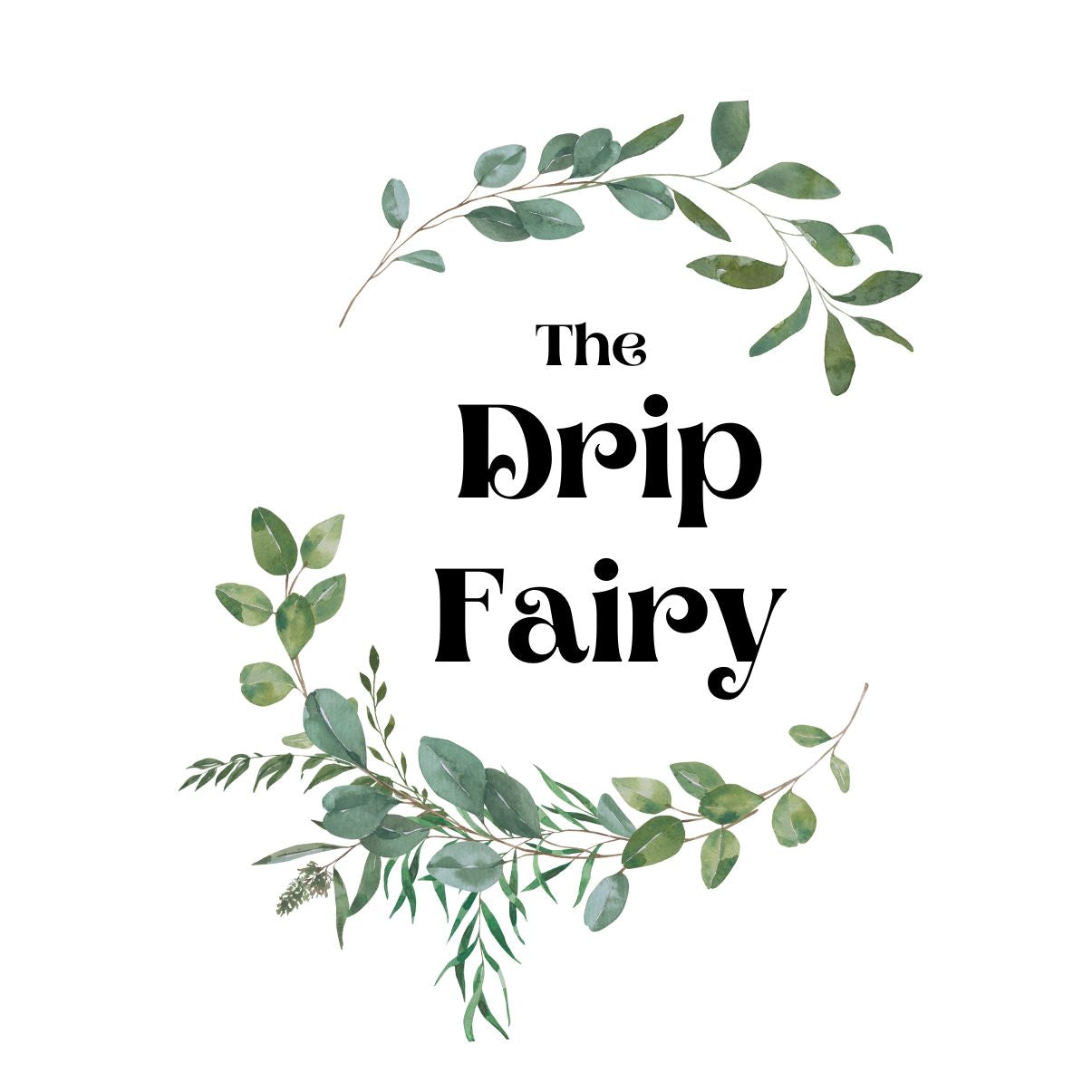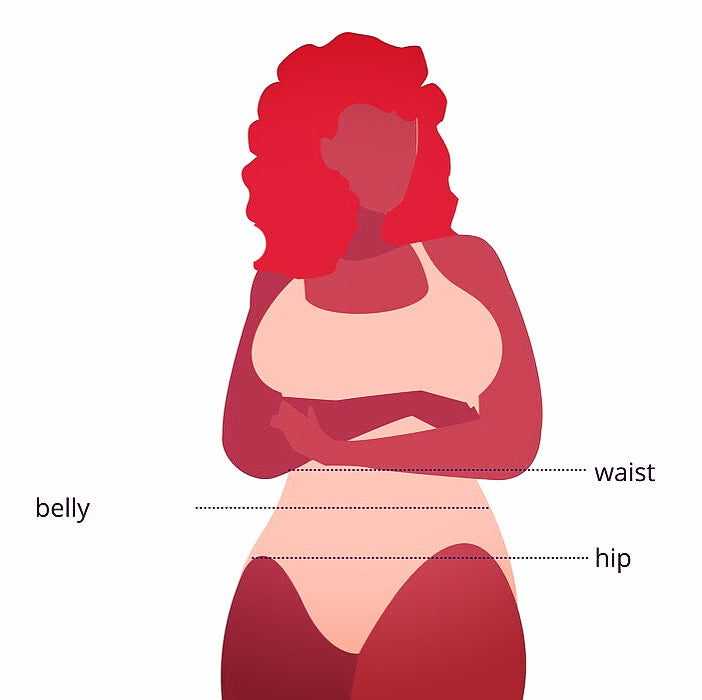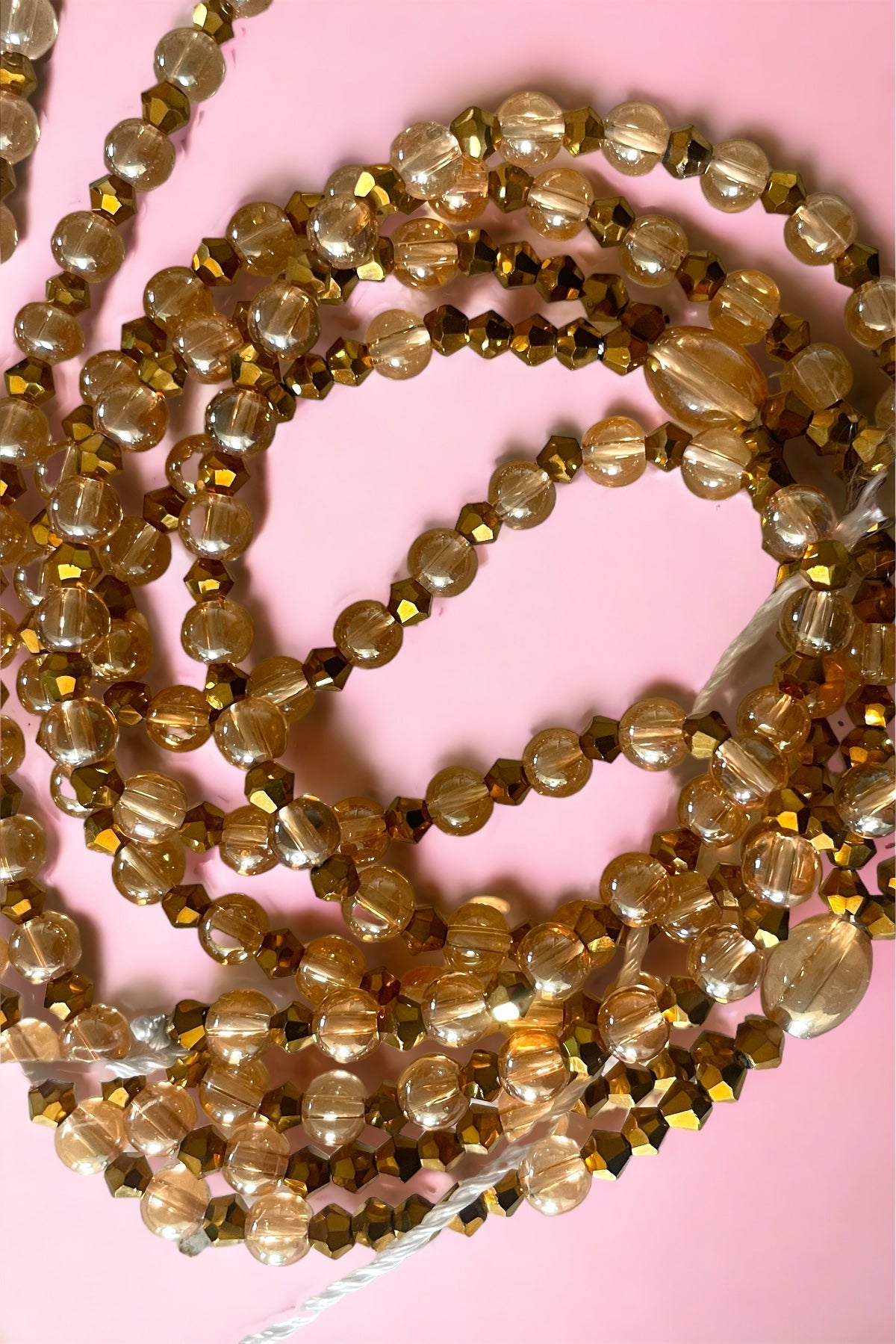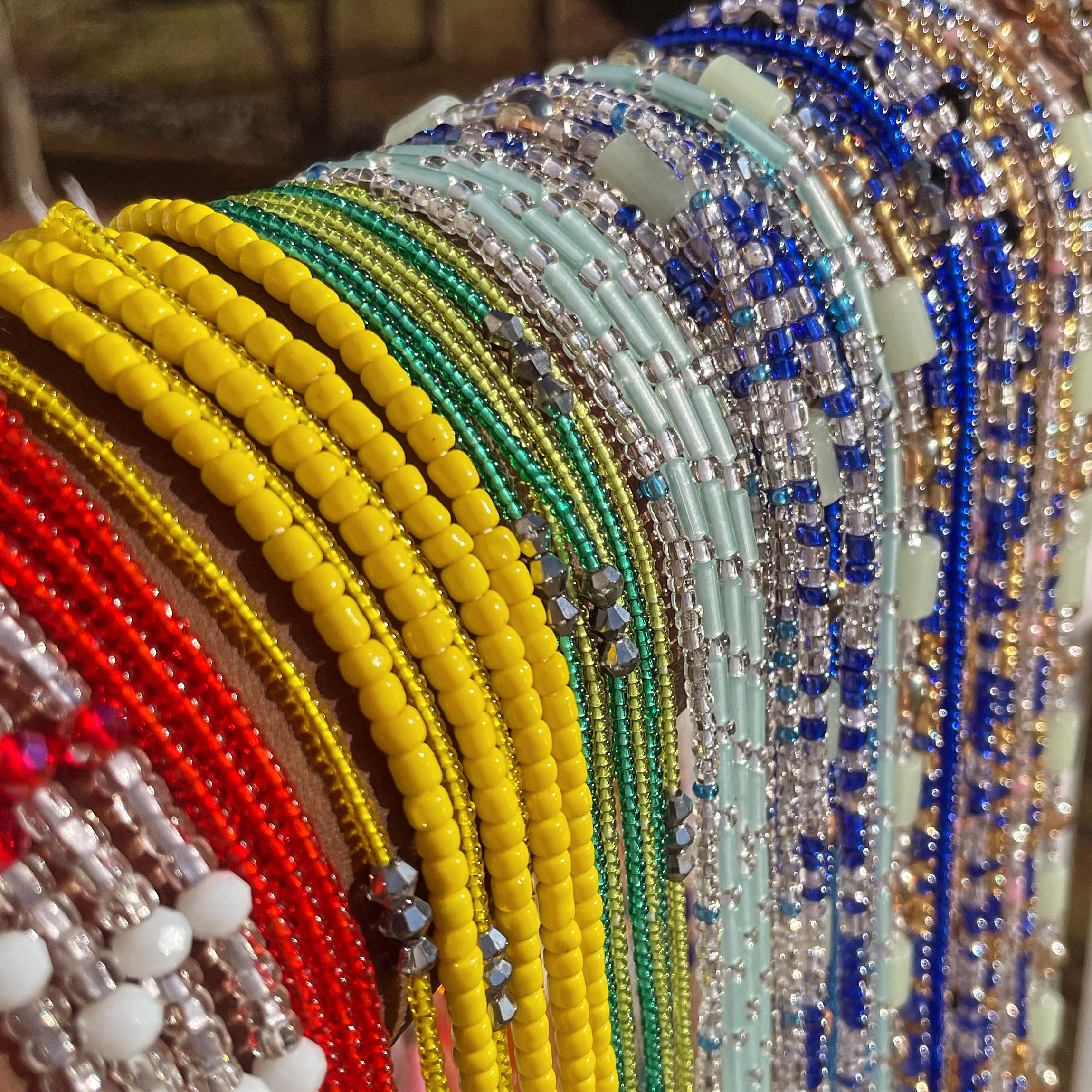Waist beads are a traditional African accessory that has gained popularity in recent years. They are worn around the waist and have cultural significance in many African countries, including the Ivory Coast. But can white people wear waist beads? Let's explore this question and understand the cultural context behind waist beads.
What are waist beads?
Waist beads are strands of beads that are worn around the waist. They can be made from various materials such as glass, crystals, or seeds. In African cultures, waist beads have different meanings and purposes. They can symbolize femininity, fertility, spirituality, or serve as a form of body adornment.
Waist beads in the Ivory Coast
In the Ivory Coast, waist beads hold cultural significance and are often worn by women. They are considered a symbol of femininity and beauty. The beads are traditionally handmade and can be customized with different colors and patterns. In some communities, waist beads are also believed to have protective and healing properties.
Appreciating and respecting cultural traditions
When it comes to wearing waist beads, it's important to approach it with cultural sensitivity and respect. Cultural appropriation is a concern, as it involves taking elements from another culture without understanding or respecting their significance. It is crucial to appreciate and honor the cultural traditions associated with waist beads and make sure the beads are authentic
Can white people wear waist beads?
While waist beads have cultural roots in African traditions, they have also become a fashion statement embraced by people from diverse backgrounds. In general most in Ivory Coast would be more puzzled by a man wearing a waist bead then seeing someone of a different race wearing them. The decision to wear waist beads should be made with an understanding of their cultural significance and a desire to respect and appreciate the traditions they represent.
White people can wear waist beads, but it is essential to do so in a way that acknowledges and respects the cultural origins of this accessory. It is advisable to learn about the history and meaning of waist beads, support artisans from African communities when purchasing them, and avoid appropriating or misrepresenting their cultural significance.
Conclusion
Waist beads are a beautiful and meaningful accessory with cultural significance in African communities, including the Ivory Coast. While white people can wear waist beads, it is crucial to approach it with cultural sensitivity, respect, and a desire to honor the traditions they represent. By appreciating the cultural context and supporting the communities associated with waist beads, we can celebrate and embrace the diversity of cultural expressions.




Leave a comment
This site is protected by hCaptcha and the hCaptcha Privacy Policy and Terms of Service apply.